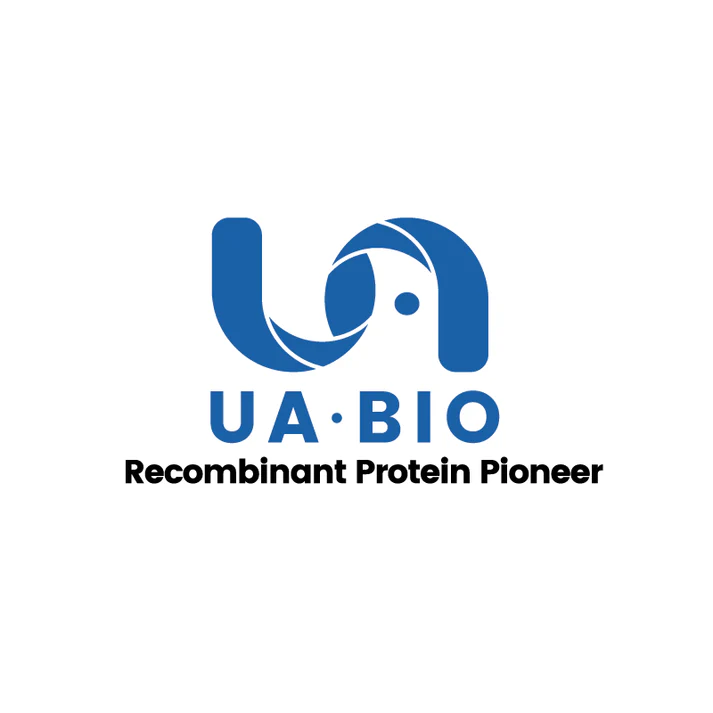1μg (R: reducing condition, N: non-reducing condition).
Product Details
Product Details
Product Specification
| Species | Human |
| Synonyms | TMEM119,OBIF |
| Accession | Q4V9L6 |
| Amino Acid Sequence | Arg26-Met96, with C-hIgG1 Fc |
| Expression System | HEK293 |
| Molecular Weight | 37-50kDa (Reducing) |
| Purity | >95% by SDS-PAGE |
| Endotoxin | <0.1EU/μg |
| Conjugation | Unconjugated |
| Tag | Human Fc Tag |
| Physical Appearance | Lyophilized Powder |
| Storage Buffer | PBS, pH7.4. |
| Reconstitution | Reconstitute at 0.1-1 mg/ml according to the size in ultrapure water after rapid centrifugation. |
| Stability & Storage | · 12 months from date of receipt, lyophilized powder stored at -20 to -80℃. · 3 months, -20 to -80℃ under sterile conditions after reconstitution. · 1 week, 2 to 8℃ under sterile conditions after reconstitution. · Please avoid repeated freeze-thaw cycles. |
| Reference | 1.Jiang, Z,H. et al. (2017) Expt & Mol Med. 49:e329. 2.Satoh, J. et al. (2016) Neuropathol. 36:39. |
Background
TMEM119 (Transmembrane Protein 119, also known as Osteoblast Induction Factor or OBIF), is an approximately 38-kDa type 1 transmembrane protein. Mature human TMEM119 consists of a 71 amino acid (aa) extracellular domain (ECD), a 21 aa transmembrane segment, and a 166 aa cytoplasmic domain. It is predominantly expressed in osteoblasts and is upregulated during osteoblastic differentiation. TMEM-119 is involved in the osteoblast differentiation and bone development by acting as a ligand and has been reported to contribute to the proliferation, migration, and invasion of osteosarcoma cells, as well as functioning as an oncogene in osteosarcoma.
Picture
Picture
SDS-PAGE


